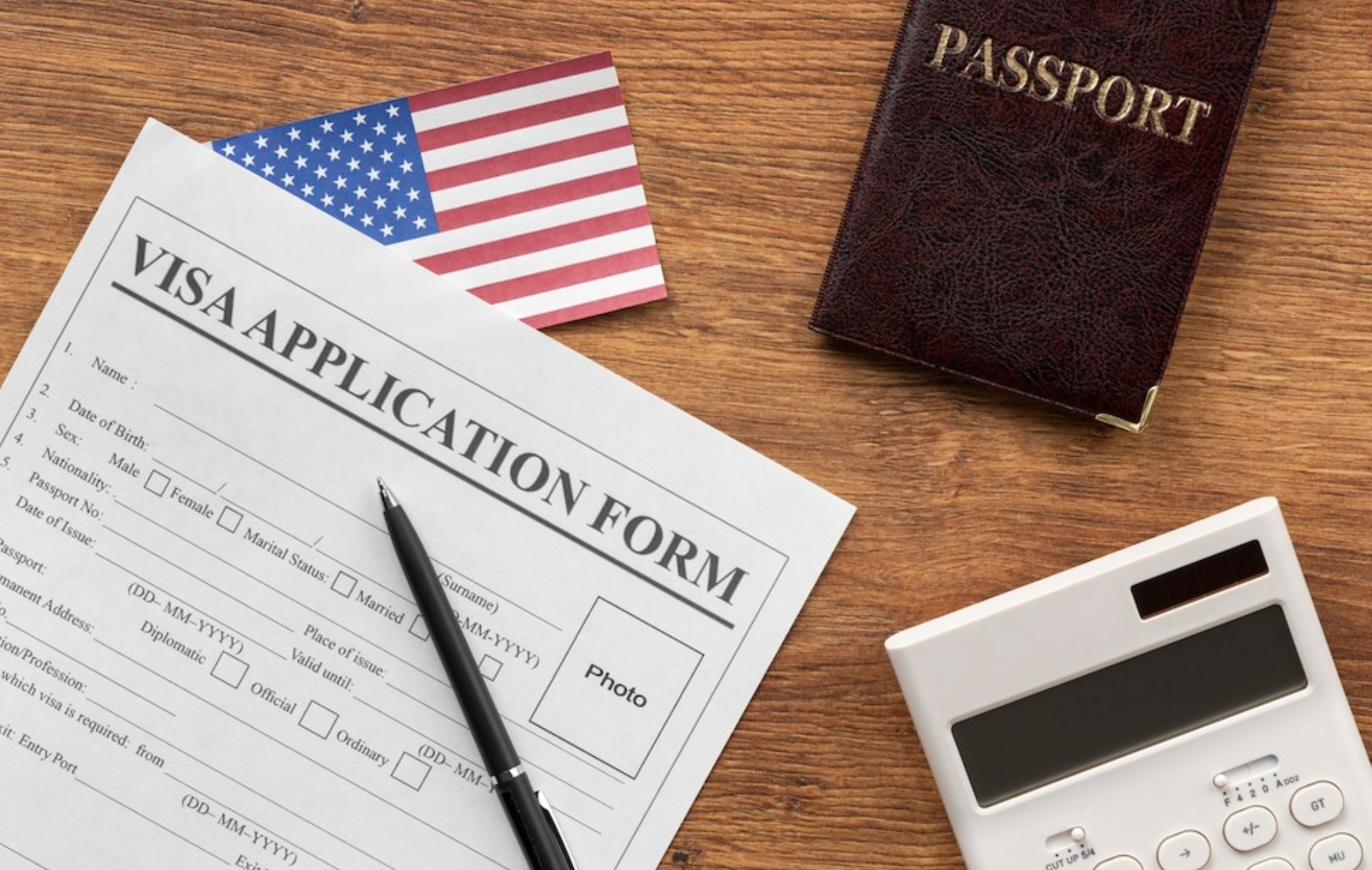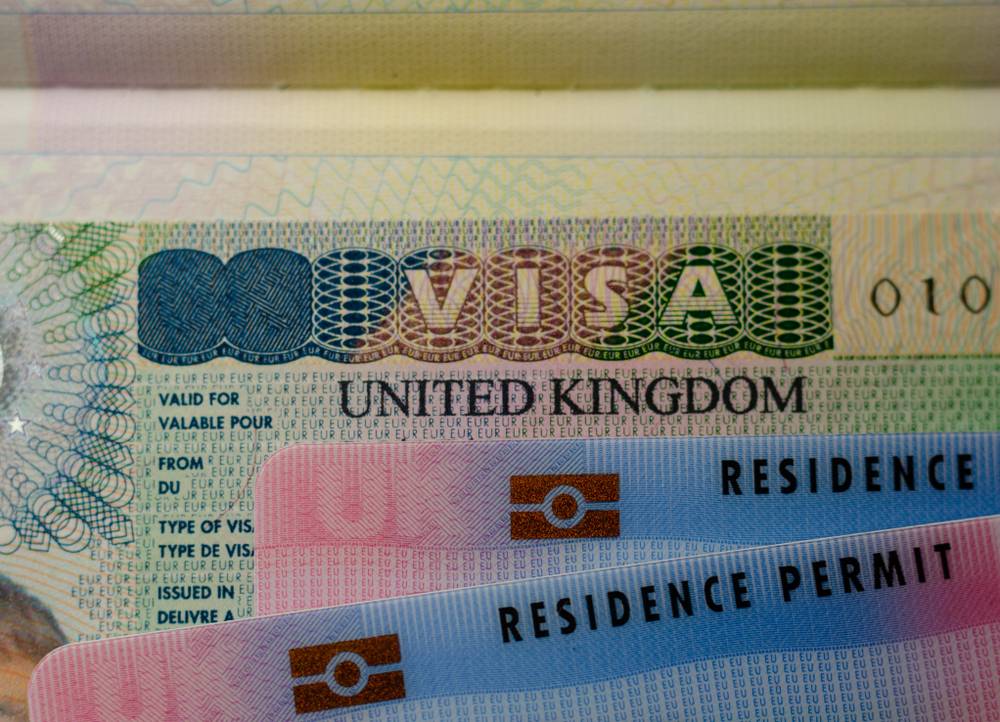Moving to the U.S. is a big dream for many people around the world. But the immigration process can be tough, and even a small mistake can delay or destroy your chances. To help you avoid problems, I’ve broken down the most common mistakes people make when applying for USA Immigration and how you can easily avoid them. If you’re serious about starting a new life in the U.S., understanding these mistakes and taking simple steps to avoid them will make your journey much smoother.
1. Incomplete or Incorrect Forms
Every immigration process starts with filling out forms but most applications are rejected because people submit incomplete or inaccurate forms. Even a minor spelling mistake, missing signature, or skipped question can get your case rejected or delayed for months.

How to Avoid It:
- Download forms directly from official websites. Always get the latest version from USCIS Forms or Travel.State.Gov.
- Read the instructions carefully. Every form comes with detailed instructions (usually a PDF). Don’t assume you know what to do.
- Answer all questions. If something doesn’t apply, write “N/A.” Never leave blank spaces.
- Be 100% consistent. Your name, address, and dates must exactly match across all forms and your documents (passport, IDs, marriage certificate, etc.).
- Double-check everything. Before submitting, review each page at least twice. Better yet, have a second person check it for you.
- Sign where required. Forgetting to sign is one of the most common reasons for rejection.
Use the USCIS Form Filing Tips page to make sure your application is complete.
2. Missing Deadlines
U.S. immigration is strict with deadlines. Missing even one important deadline for submission, biometrics, RFE response, or appeal can result in your application being denied or closed.
How to Avoid It:
- Know your deadlines immediately. Once you start an application, check the official filing deadline and expected processing time.
- Use a calendar system. Mark every deadline 2 to 3 times: one month before, one week before, and two days before.
- Apply early. Start your application months ahead of the final deadline.
- Set electronic reminders. Use your phone, Google Calendar, or reminder apps.
- Track your case. Always track the status of your case through USCIS Case Status Online.
Keep copies of everything you submit and all mailing receipts (USPS, FedEx, etc.) for proof in case something gets lost.
Read: 10 Fast-Growing Industries Hiring in the USA Right Now
3. Submitting Fake or Altered Documents
Some applicants think altering a document (like faking a work letter or diploma) will improve their chances. It doesn’t. Instead, it can permanently ban you from entering the U.S.

How to Avoid It:
- Only submit genuine documents. No exceptions.
- If you don’t have a required document, explain honestly. Write a letter of explanation or affidavit.
- Use certified translations. If your document is not in English, get a professional translation that certifies accuracy.
- Verify all documents yourself. Check that your names, dates, and details match your immigration forms exactly.
Always keep a backup copy of every document you send to the U.S. government.
4. Choosing the Wrong Visa Category
If you apply for the wrong visa type for example, using a visitor visa when you actually want to work your application will likely be denied for “misrepresentation.”
How to Avoid It:
- Understand your goal first. Are you moving for work, study, family, marriage, or investment?
- Match your goal to the right visa type.
-
- Work (H-1B, L-1, O-1)
- Family reunification (CR1, IR5)
- Study (F-1, J-1)
- Investment (EB-5)
-
- Read official visa descriptions. Learn more at Visa Types on Travel.State.Gov.
- If unsure, ask a qualified immigration lawyer. They can help you pick the best and fastest option.
Applying for the right visa from the start saves you time, money, and frustration.
Read: How to Find Jobs in the USA as an International Candidate
5. Not Preparing for the Interview
Many people think they just have to “show up” for the visa or green card interview. But immigration officers will ask detailed questions to check your truthfulness.

How to Avoid It:
- Review your own application thoroughly. Know your answers.
- Prepare for common questions. Practice answering why you are going to the U.S., what you plan to do, who you are staying with, and your future plans.
- Bring original documents and copies. Double-check the document checklist in your interview notice.
- Dress neatly and professionally. It shows respect and seriousness.
- Stay calm and polite. Answer directly and honestly. If you don’t know something, say, “I’m not sure.”
6. Ignoring Immigration Updates
Immigration policies, form versions, fees, and requirements change often. Submitting an outdated form or wrong fee can get you instantly rejected.
How to Avoid It:
- Always check the latest forms and fees at USCIS Forms.
- Subscribe to USCIS email alerts here.
- Follow official government updates. Avoid relying on blogs or third-party websites alone.
- Double-check news on reliable sources like AILA.org.
USCIS will not refund fees if you send the wrong amount. Always check before submitting.
7. Falling for Scams
Scammers prey on immigrants by offering fake job offers, fake green cards, or charging thousands of dollars for fake services.
How to Avoid It:
- Only trust licensed immigration lawyers listed on AILA Lawyer Search.
- Check if someone is accredited. Search the US DOJ Recognized Organization List.
- Be suspicious of guarantees. No real lawyer or consultant can promise 100% approval.
- Never pay fees to individuals. Always pay directly to U.S. government websites or approved immigration offices.
If you think you’ve been scammed, report it to USCIS Scams Reporting.
8. Weak Financial Proof
If you can’t prove you or your sponsor can support yourself financially in the U.S., your visa or green card will likely be denied.
How to Avoid It:
- Gather strong financial evidence, such as:
-
- Bank account statements (last 6 months)
- Pay stubs
- Tax returns (IRS Form 1040 for the last 3 years)
- Employment verification letters
-
- Use Form I-864 (Affidavit of Support) if applying for family-based visas. Learn about it here.
- Meet the minimum income level. Sponsors must earn at least 125% of the Federal Poverty Guidelines.
Check the latest Poverty Guidelines for Sponsors.
Read: Step-by-Step Guide to Finding Delivery Driver Jobs in the USA with Visa Sponsorship
9. Poor English Communication
If you can’t communicate basic information clearly in English during your application process or interview, officers may doubt your readiness to live independently in the U.S.
How to Avoid It:
- Practice simple English every day. Focus on clear, short answers.
- Use free online resources like USA Learns English.
- Take free or low-cost ESL classes offered by libraries, churches, or community centers.
- Request an interpreter for your interview if needed (only for certain applications).
It’s not about being perfect in English, it’s about being clear, confident, and respectful.
10. Not Following Up After Submitting
After submitting your immigration application, ignoring notices or missing follow-up requests (like biometrics or RFEs) can cause serious problems.
How to Avoid It:
- Sign up for a USCIS online account.
- Track your case weekly.
- Open every USCIS letter immediately. Sometimes you only get 30 days to respond.
- Reply to Requests for Evidence (RFEs) with full documents, explanations, and within the given time.
Applying for U.S. immigration is not easy, but with careful attention, honesty, and preparation, you can avoid the mistakes that hold others back. Always rely on trusted sources, stay organized, and don’t rush through any part of the process.
With patience and the right steps, your American dream can become a reality sooner than you think.


